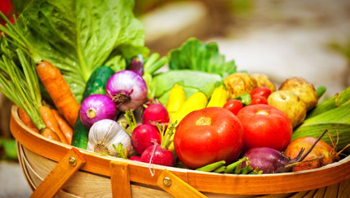Smoking contributes to more than 480,000 deaths annually; 278,544 men and 201,773 deaths among women, according to the Centre for Disease Control and Prevention (CDC) in the United States. Smoking is not a mere bad habit but a social hazard. The habit of smoking is not just harmful for the smoker itself but passive smoke is known to be equally harmful for a non-smoker as well. Smoking is the primary risk factor for developing chronic obstructive pulmonary disease (COPD), which is set to become the third leading cause of death worldwide, according to World Health Organization. COPD is a respiratory condition that narrows the airways, which include bronchitis and emphysema.
 Smoking leads to the deposition of a tar-like residue inside the lungs causing blockages which also has adverse effects on rest of the body functions, resulting in the premature death of a person who smokes regularly. Even when a smoker quits, the damage caused to lungs is irreversible and may increase the risk of lung related diseases in future But here's some good news for you - according to a new research, having a diet rich in vegetables and fruits may lower the risk of lung diseases in a smoker.
Smoking leads to the deposition of a tar-like residue inside the lungs causing blockages which also has adverse effects on rest of the body functions, resulting in the premature death of a person who smokes regularly. Even when a smoker quits, the damage caused to lungs is irreversible and may increase the risk of lung related diseases in future But here's some good news for you - according to a new research, having a diet rich in vegetables and fruits may lower the risk of lung diseases in a smoker.
The research concludes that consuming five or more daily servings of diet rich in fruit such as apples or pears and green leafy vegetables may significantly lower the risk of developing chronic lung disease in both former and current smokers. The research which was published online in the journal Thorax, found that people who ate five or more portions of fruit and vegetables every day were, respectively, 40 per cent and 34 per cent, less likely to develop COPD. Every time an additional serving of fruit or vegetables was consumed it lead to a four per cent lower risk of COPD in former smokers and an eight per cent lower risk in current smokers. For the study, the team tracked the respiratory health of more than 44,000 Swedish men born between 1918 and 1952 and aged between 45 and 79 for 13 years up to the end of 2012.
Professor Joanna Kaluza, Warsaw University of Life Sciences, Poland said, "As oxidative tissue stress and inflammation may be involved in COPD development, and smoking is a potent trigger of these processes, the antioxidants abundant in fruit and vegetables may curb their impact, suggest the researchers." In contrast, those who ate less than two daily portions were, respectively, 13.5 times more likely to develop COPD for a current smoker and six times more for a non-smoker, found the research.
Professor Kaluza added, while apples, pears, green leafy vegetables and peppers seemed to exert the strongest influence and depress the risk, no such associations were found of eating berry fruits, bananas, citrus fruits, cruciferous and root vegetables, tomatoes, onions, garlic or green peas.





Comments
Add new comment